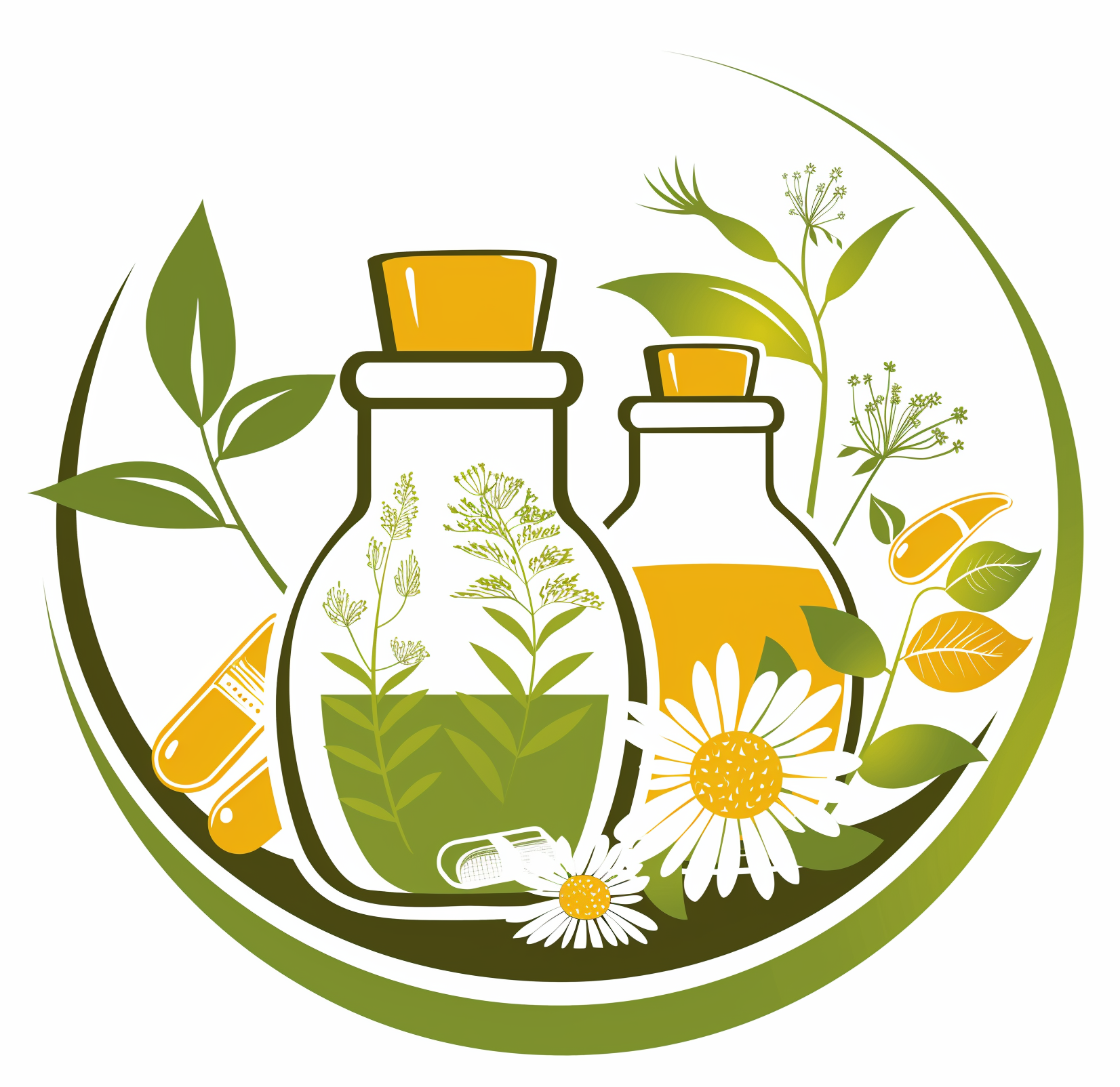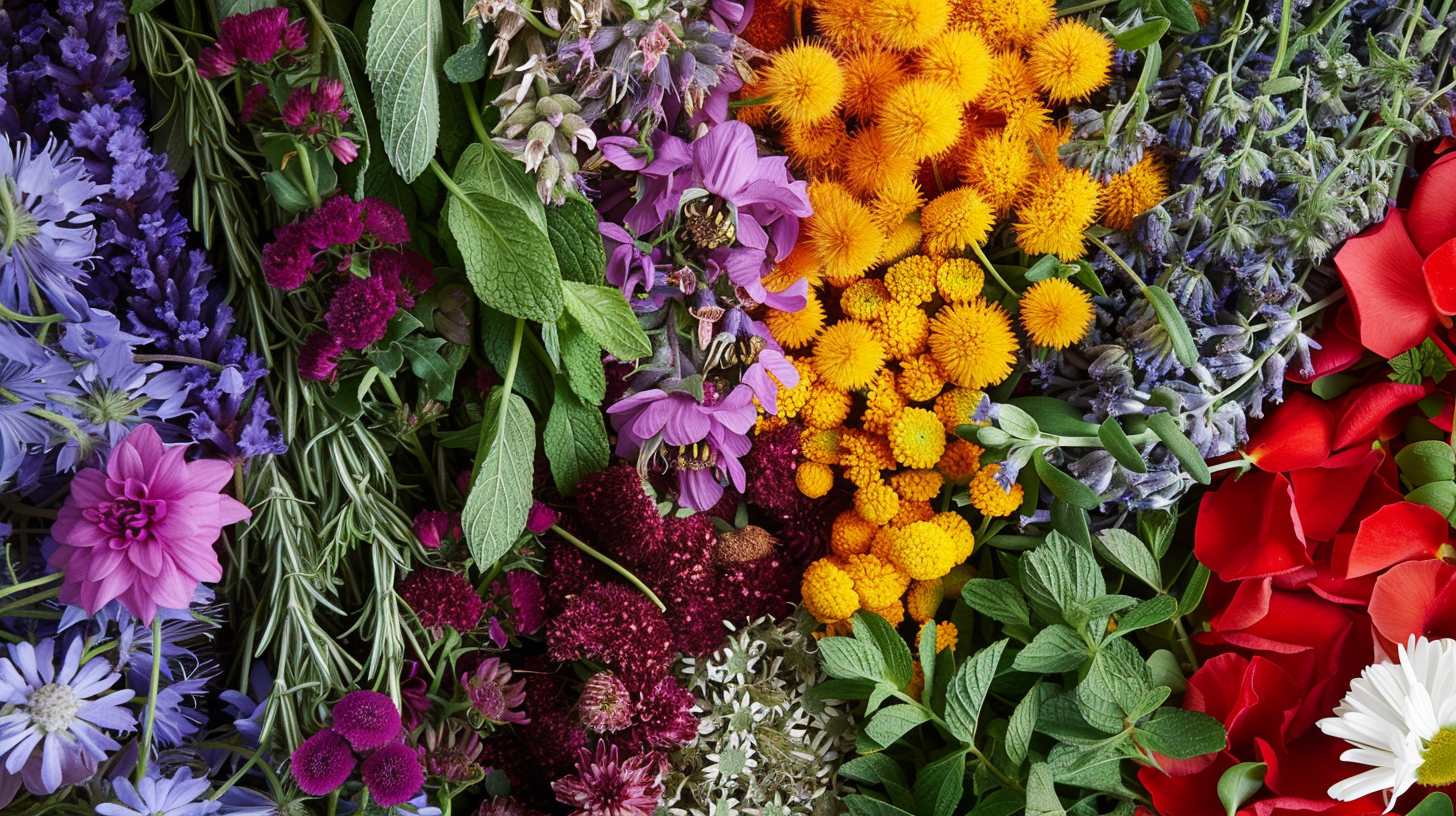Ultimate Guide to Healing Herbs: Benefits, Uses, and Growing Tips
Ever feel like modern medicine is just throwing pills at every ailment? You’re not alone. Many of us crave a more natural approach to health—one that goes beyond the pharmacy shelves. The problem with mainstream products is they often come with a long list of side effects that can feel worse than the original issue. But what if there was a complementary solution rooted in traditional practices?
Imagine harnessing the power of plants to boost your well-being. Healing herbs have been used for centuries to treat a variety of conditions, from soothing the skin to lowering blood pressure. With herbal remedies, you can boost your immune system, reduce inflammation, and even lower blood sugar levels. And the best part? They’re easy to grow at home, making them accessible to everyone, whether you’re in North America or Asia. Ready to dive into the world where nature’s bounty meets modern-day health needs?
Understanding Healing Herbs
The Definition and History of Healing Herbs
Healing herbs, also known as medicinal herbs, have been used by cultures around the world for centuries. These are plants that possess therapeutic properties and can be used to improve health and well-being. The tradition of using these herbs is as old as mankind itself. Historical records from ancient Egypt, China, India, and the Middle East document the use of herbs in treating various ailments.
The use of traditional medicine is particularly rich in regions such as India and China. In India, the Ayurvedic system has utilized healing herbs like turmeric and neem for thousands of years. Similarly, traditional Chinese medicine (TCM) incorporates a multitude of herbs to balance the body’s energy and treat diseases. With the growing interest in natural and complementary health approaches in the United States and other parts of the world, these ancient practices are being rediscovered and embraced.
The Science Behind How Healing Herbs Work
While the historical and cultural significance of healing herbs cannot be overstated, their effectiveness is also backed by science. The study of herbal medicine is a fascinating intersection of botany, chemistry, and pharmacology. Understanding how these plants impact the human body can illuminate why they have been trusted remedies for generations.
Active Compounds in Healing Herbs
Healing herbs contain various active compounds that contribute to their therapeutic effects. These include alkaloids, flavonoids, tannins, terpenoids, and glycosides.
For example, the anti-inflammatory properties of turmeric are attributed to its curcuminoids, while the calming effects of chamomile are due to apigenin, a type of flavonoid.
Pharmacological Effects
The pharmacological effects of healing herbs can range from anti-inflammatory and antioxidant activities to antimicrobial and antispasmodic properties. These effects are often the result of complex interactions between the herb’s active compounds and the body’s physiological systems.
For instance, the herb echinacea is widely recognized for its ability to boost the immune system by stimulating the activity of macrophages and other immune cells.
Common Healing Herbs and Their Uses
Aloe Vera
Benefits
Aloe vera is commonly used for its soothing properties, especially on the skin. It is effective in treating burns, cuts, and other skin irritations. It also possesses anti-inflammatory and antioxidant properties.
How to Use
An easy way to use aloe vera is to apply the gel directly from the plant to the affected area. You can also make an aloe vera lotion to help with various skin issues. Additionally, consuming aloe vera juice can help with digestive issues.
Chamomile
Benefits
Chamomile is well-known for its calming and anti-anxiety properties. It also helps with digestive problems, reduces menstrual pain, and has mild sedative effects that can help with sleep disorders.
How to Use
Chamomile can be consumed as a tea made from dried chamomile flowers. Its extracts can also be used in creams and lotions for topical application.
Echinacea
Benefits
Echinacea is primarily used to strengthen the immune system. It is effective in combating colds, flu, and other infections. It also has anti-inflammatory and antioxidant properties.
How to Use
Echinacea can be taken as a tea, tincture, or in capsule form. For best results, use it at the first sign of a cold or infection.
Turmeric
Benefits
Turmeric is celebrated for its powerful anti-inflammatory and antioxidant properties. It has been used traditionally in both Ayurvedic and Chinese medicine to treat a variety of conditions, including joint pain and digestive issues.
How to Use
You can use turmeric in cooking, make a turmeric tea, or apply it topically as a paste to reduce inflammation and promote healing.
How to Grow Healing Herbs at Home
Choosing the Right Herbs for Your Garden
When planning your herbal garden, it’s essential to select the right herbs based on your climate, soil type, and personal needs. Consider starting with herbs that are versatile and relatively easy to grow, such as basil, mint, and thyme. These herbs are commonly used in cooking and medicine, making them valuable additions to any garden.
Essential Tips for Growing Healing Herbs
Soil Requirements
Most healing herbs thrive in well-drained soil with a pH level between 6 and 7.5. Enrich your soil with organic compost to provide necessary nutrients and enhance plant growth.
Watering and Maintenance
Herbs generally prefer moderate watering. Overwatering can lead to root rot, while under-watering may cause the plants to become weak and susceptible to pests. Regularly prune your herbs to encourage growth and prevent them from becoming leggy.
Harvesting Techniques
Harvest herbs in the morning after the dew has dried but before the sun is too strong. This timing ensures the highest concentration of essential oils. Use clean, sharp scissors or pruning shears to avoid damaging the plant.
Preparing and Using Healing Herbs
Just having these wonderful herbal allies in our gardens and kitchens is only half the journey. The real magic begins when we start to transform these plants into remedies that can support our health. Here’s how you can prepare and use these treasures.
Making Herbal Teas
Herbal teas are perhaps the most accessible way to harness the power of healing herbs. Simply steeping dried or fresh herbs in hot water can release their therapeutic properties. For example, chamomile tea is well-known for its calming effects, thanks to the herb’s natural anti-anxiety compounds.
Here’s a simple guide:
- Choose your herb (dried or fresh).
- Boil water and pour over the herb.
- Cover and let steep for 10-15 minutes.
- Strain and enjoy a soothing cup of tea.
Creating Tinctures and Extracts
Tinctures are concentrated herbal remedies made by soaking herbs in alcohol or vinegar. This method extracts more potent compounds, making it a great choice for long-term storage and use.
Basic Tincture Recipe:
- Fill a jar with your chosen healing herb, about halfway with dried herbs or 3/4 full with fresh plant material.
- Cover the herb with vodka or vinegar, ensuring it is fully submerged.
- Seal the jar and store in a cool, dark place for 4-6 weeks, shaking it occasionally.
- Strain the liquid and store it in a dark glass bottle.
Topical Applications
When it comes to treating skin conditions, nothing beats a good herbal salve or compress. Healing herbs like calendula and comfrey are excellent for these applications.
Here’s how to make a basic herbal salve:
- Melt a mix of beeswax and infused herbal oil (like olive oil that has been infused with your chosen healing herb).
- Pour into a container and let it cool to solidify.
- Apply directly to the affected area to treat various skin issues.
Compresses
Herbal compresses are another way to get the benefits of healing herbs directly where they are needed. By soaking a cloth in a potent herbal brew and applying it to the area, you can provide relief to sore muscles, bruises, and more.
Simple Compress Recipe:
- Prepare a strong tea by boiling water and adding a generous handful of herbs.
- Let it steep until the water is cool enough to touch.
- Soak a cloth in the tea, wring it out, and apply it to the affected area.
- Cover with a dry towel and leave on for about 20 minutes.
Precautions and Side Effects
While healing herbs can offer incredible benefits, it’s essential to be mindful of their potential side effects and interactions with medications. Always consult with a healthcare provider before starting any new herbal regimen.
Interactions with Medications
Certain herbal medicines can interact with prescriptions, potentially causing adverse effects. For instance, St. John’s Wort can interfere with birth control pills and antidepressants.
Always check for potential interactions, especially if you are on long-term medication.
Allergic Reactions
Some people may be allergic to specific plants. It’s always a good idea to do a patch test when using a new herbal product on your skin. Apply a small amount to your forearm and wait 24 hours to see if there is a reaction.
Safe Usage Guidelines
The key to using herbs safely is moderation. Start with small doses and observe how your body reacts. Additionally, ensure that the herbs you use are appropriately identified and sourced from reputable suppliers to avoid contamination.
Resources for Further Learning
The journey to mastering the use of healing herbs doesn’t end here. Many excellent books, online resources, and courses can further your knowledge.
Recommended Books
For those who love a good read, here are some essential titles:
- Medical Herbalism by David Hoffmann
- Healing Wise by Susun Weed
- The Complete Guide to Herb Gardening by Patrick Lima
Online Courses
Dive deep into the world of herbal medicine through comprehensive online courses offered by institutions like the Herbal Academy and the American Herbalists Guild. These platforms offer structured learning paths for both beginners and advanced herbalists.
Trusted Websites
For ongoing education and trustworthy information, refer to websites such as:

